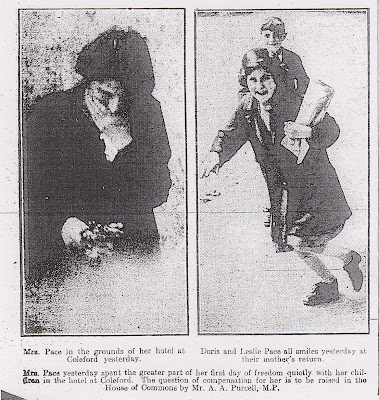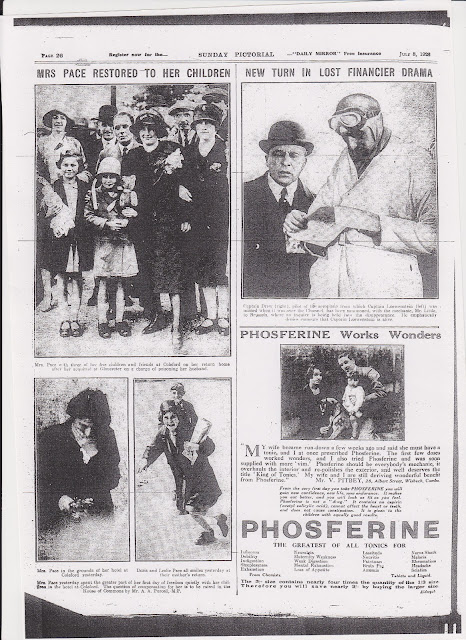There has been no particular ranking of the reviews in this list; however, the excellent review The Most Remarkable Woman in England received from Tessa Hadley at the Guardian is one of my favourites.
This is not only because it was a particularly high profile positive review, but also because Hadley praised precisely some of the things that worked very hard to achieve in the book, such as capturing both a sense of drama and the authentic details of the language used by various figures in the case.
 |
| The image of the crowd outside the Pace trial used in the Guardian review |
It really is hard for me to imagine a better opening line to a review of my book:
'Sometimes life is better than fiction.'
I mean...really. That's a great start.
And then it just gets better from there:
'Is there any novelist who could have got this extraordinary story so perfectly right, inventing it: the violence at the heart of it, the suspense, the succession of revelations, the passions so raw and inchoate that they have a mythic force? And then there's the grand sweep of the narrative, beginning in the bleak poverty of an obscure cottage in the Forest of Dean, acted out finally on the national stage. [...] John Carter Wood's book about the Pace trial works because of his sober and scrupulous assembly of the evidence, quoting the words that were spoken and written at the time so we can feel the textures of the material for ourselves – the found poetry of precise reportage.'
The rest of the review is very well worth reading.
Perhaps it -- or the other reviews that I've considered in this series -- will convince you to take a closer look at The Most Remarkable Woman in England.
And whether you do or don't: Merry Christmas!























